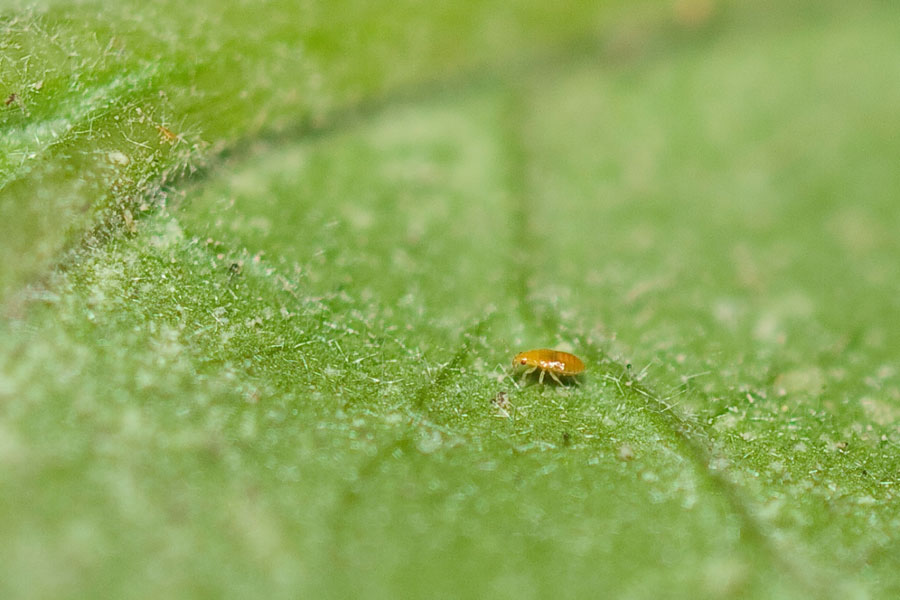A closer look at the bugs that are beneficial to your garden
Published at
Most people call small creatures with many legs bugs.
In the entomology world, the insects in the order Hemiptera are called “true bugs”. True bugs have piercing-sucking mouthparts and many of them are considered plant pests. Some, like the box elder bug and the elm seed bug, are more of a nuisance. Most are innocuous. Many others use their piercing-sucking mouthparts to feed on other insects.
RELATED | These types of beetles are beneficial in your yard or garden
True bugs have an incomplete metamorphosis, so the babies look much like the parents and are called nymphs. The wings, which don’t appear until they reach the final stage, cross over the back, often creating a triangle right behind the thorax.
Here are some of my favorite true bugs.
Ambush bug

As the name implies, the ambush bug nymphs and adults lie in wait for their prey. The dagger-like mouthpart injects a lethal toxin into a wide variety of soft-bodied insects such as aphids, caterpillars, thrips and small plant bugs, killing them within seconds. They will often kill more prey than they need to consume. As generalist predators, they eat whatever they can catch, even other beneficial insects.
Big-eyed bug


Adult and nymph big-eyed bugs feed on aphids, caterpillars, flea beetles, leafhoppers, psyllids, spider mites, thrips, whiteflies, and eggs and nymphs of plant bugs. These fast-moving predators actively seek out prey and are difficult to spot, but adults may consume 80 spider mites a day.
Campylomma bug


Campylomma bug adults and nymphs can be predaceous, but the nymph may also cause blister damage to apple and pear fruits. Prey for campylomma include aphids, leafhopper, pear psylla, spider mites, thrips, and other soft-bodied insects. Nymphs may be mistaken for aphids, but they lack the aphid “tailpipes”.
Damsel bug


Adult and nymph damsel bugs feed on aphids, beetle larvae leafhoppers, caterpillars, moth eggs and other small insects. Research indicates they are more abundant in no-till systems.
Minute pirate bug


Adult and nymph minute pirate bugs feed on thrips, spider mites, aphids, and insect eggs. They show up early in the spring and can consume up to 30 small insects per day. These predators are very tiny and may be overlooked. But they are very beneficial.
Conserve and encourage beneficial Hemiptera
- Learn to differentiate between pest and beneficial insects.
- Avoid using broad-spectrum insecticides.
- Maintain a diverse, no-till planting area.
- Plan for summer-long blooms to provide pollen and nectar.
- Allow for some pests to attract the beneficial insects.
- Plant cover crops.
When you scout your flower beds and gardens look for these good guys that will help with some of your pest issues.

In the Garden is sponsored by ProPeat, which is dedicated to delivering solutions for any of your professional fertilization needs. Whether you need to reduce the harm to soils and the environment, or you're interested in the latest nitrogen, carbon and biochemical technologies, ProPeat is the perfect fit.


